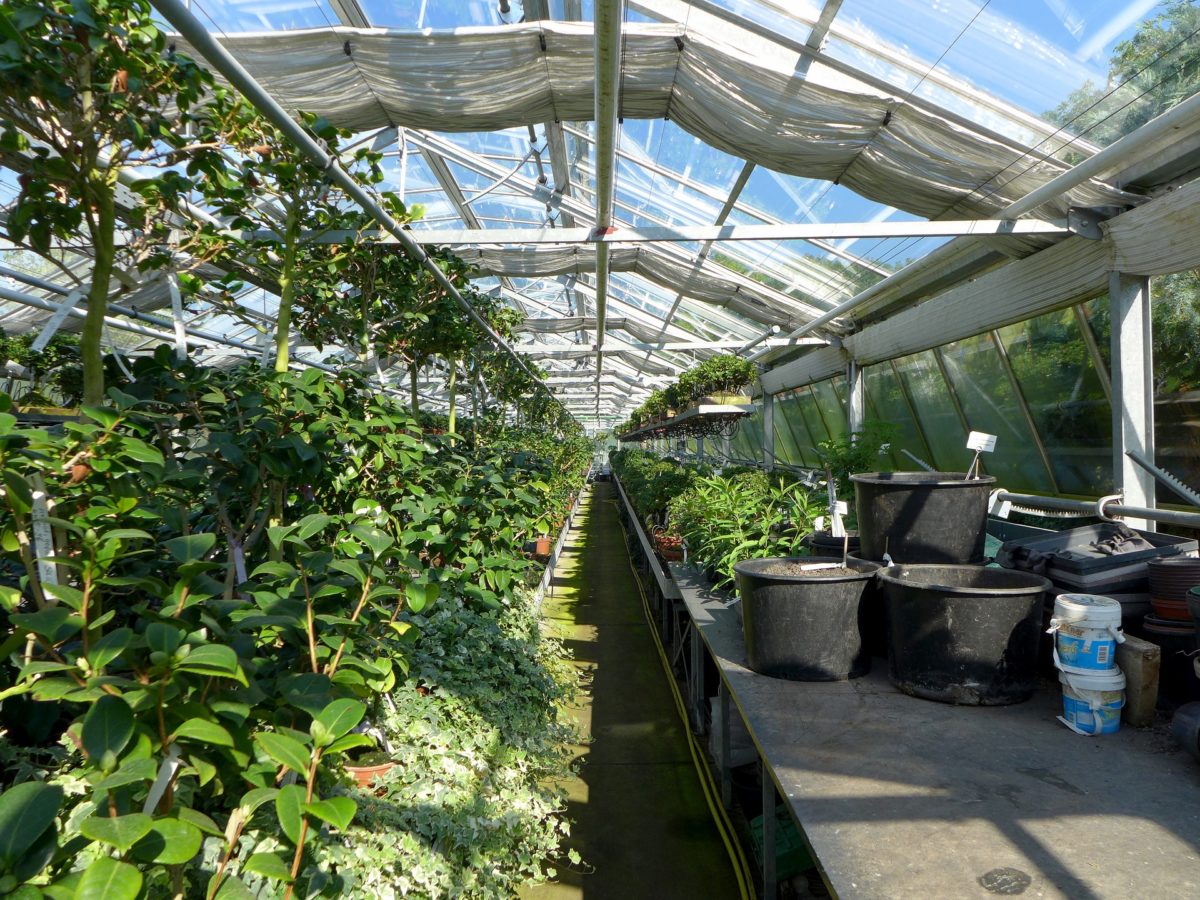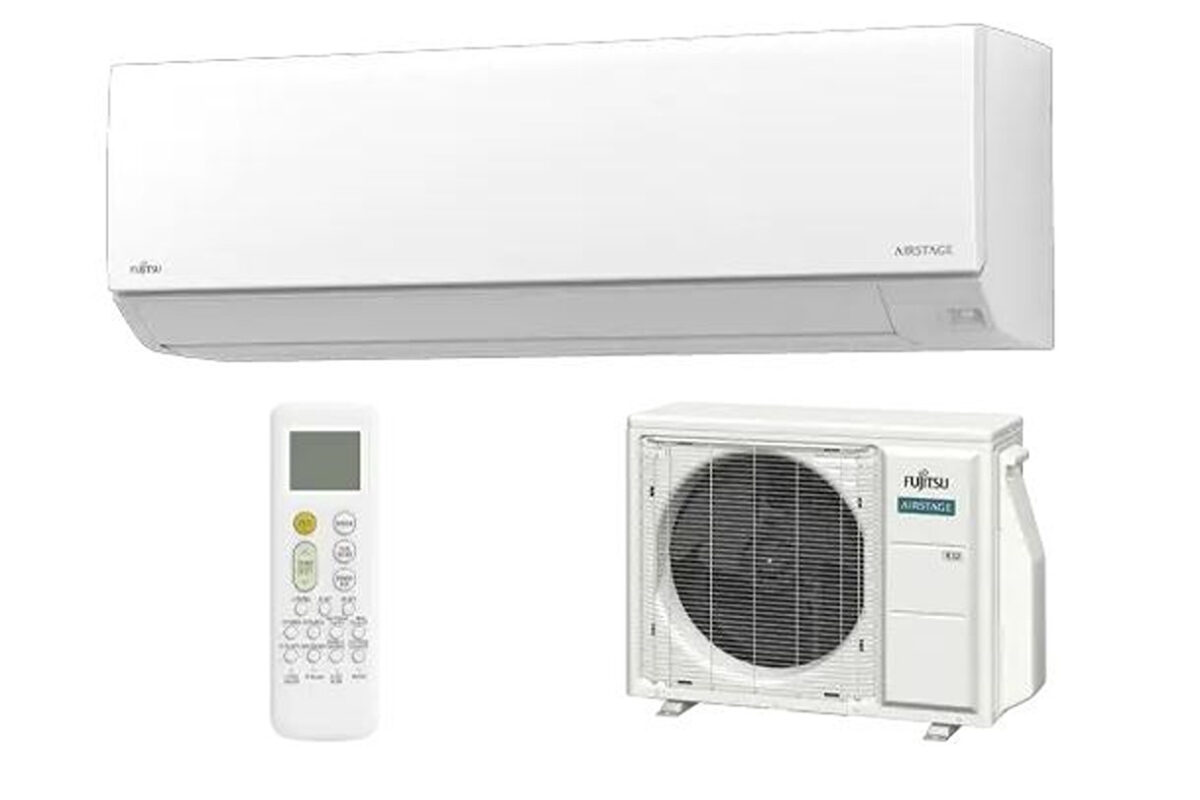Researchers at the University of Nottingham have investigated the performance of a shallow geothermal heat pump coupled to a PV system for the heating and cooling of a greenhouse.
Described in the paper Experimental investigation of a ground-source heat pump system for greenhouse heating–cooling, published in the International Journal of Low Carbon Technologies, the proposed system comprises a PV system, a 200 l water tank, a 5 kW commercial heat pump, a seasonal soil-based thermal energy storage system (SSBTESS), and a fan coil unit (FCU).
According to the scientists, the SSBTESS unit, which has 24 single vertical type heat exchangers (VHXs) and is placed at a depth of 0.2 m, is the critical component of the entire system. The heat pump serves as a buffer between the collection loop, the SSBTESS itself, and the fan coil subsystem. Thick insulations were also deployed to reduce soil heat loss and the radiant floor was covered by concrete, which acts as an underground heat extractor or injector unit in the greenhouse.
During high-temperature periods, the system absorbs heat from the greenhouse and brings it to the ground through the VHXs, while in low-temperature periods, the heat is taken from the pump’s buffer tank through circulation pipes to the fan coil unit.
This configuration was tested in a greenhouse with an area of 46.94 m2 and a volume of 142.87 m3 located in Loughborough, Leicestershire, England. “The building gross wall area was 98.22 m2, with the roof area being 77.01 m2,” the scientists said. “It was covered with double glazing semi-transparent PV rooftop and opaque PV on all sidewalls.”
The rooftop PV system has an installed power of 7.67 kW and was installed with conventional solar modules supplied by Chinese-Canadian manufacturer Canadian Solar. The opaque PV system deployed on the sidewalls has a power of 2.8 kW and was built with 20%-efficient transparent PV modules with a power output of 90 W each provided by Taiwan-based manufacturer Polysolar Ltd. The inverters were provided by Austrian specialist Fronius.
The entire system, which relies on both active and passive techniques for the cooling of the greenhouse, was tested for a year. The measurements taken by the U.K. group showed that it was able to maintain an indoor temperature of over 16 Celsius degrees in all seasons, except for winter. “The problem can be solved by lowering the air infiltration and changing the cooling procedure,” said the researchers. “Furthermore, with this procedure, heat injection can be increased significantly.”
According to them, the system has almost reached the initial target they had established for the experimental setting. Average ambient temperatures ranged from 6.12 to 11.14 Celsius degrees and the ground surface temperatures inside the greenhouse ranged between 7 and 25 Celsius degrees.
Looking forward, the researchers said they want to improve the system thermal conductivity by injecting carbon- or metal-based nano-particles, water moisture, and encapsulated PCM solutions for trenches into the soil, and utilize a higher thermal capacity of the heat pump.
This content is protected by copyright and may not be reused. If you want to cooperate with us and would like to reuse some of our content, please contact: editors@pv-magazine.com.




2 comments
By submitting this form you agree to pv magazine using your data for the purposes of publishing your comment.
Your personal data will only be disclosed or otherwise transmitted to third parties for the purposes of spam filtering or if this is necessary for technical maintenance of the website. Any other transfer to third parties will not take place unless this is justified on the basis of applicable data protection regulations or if pv magazine is legally obliged to do so.
You may revoke this consent at any time with effect for the future, in which case your personal data will be deleted immediately. Otherwise, your data will be deleted if pv magazine has processed your request or the purpose of data storage is fulfilled.
Further information on data privacy can be found in our Data Protection Policy.